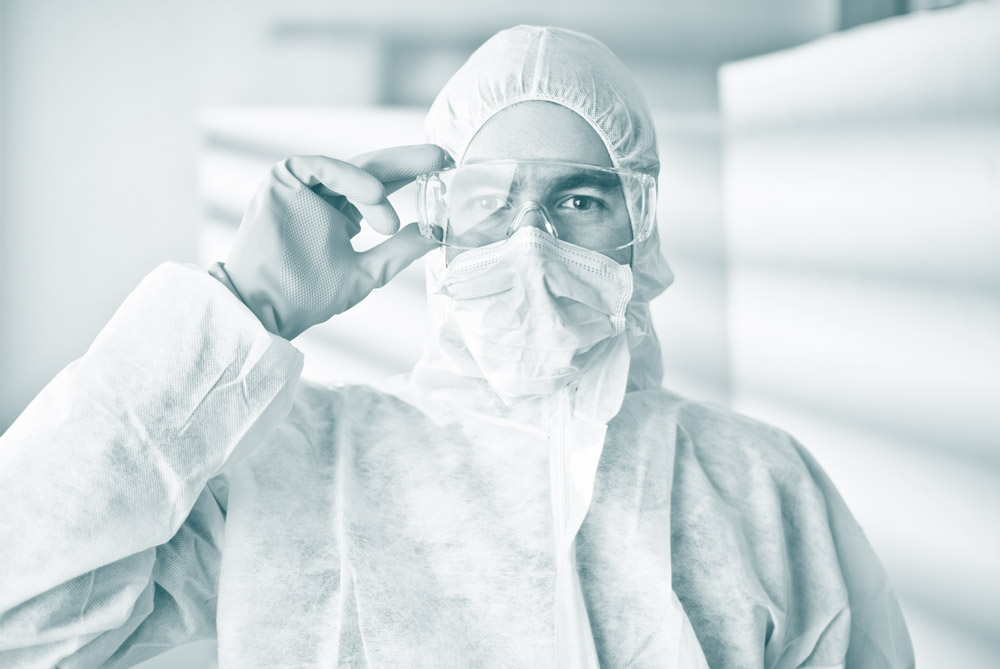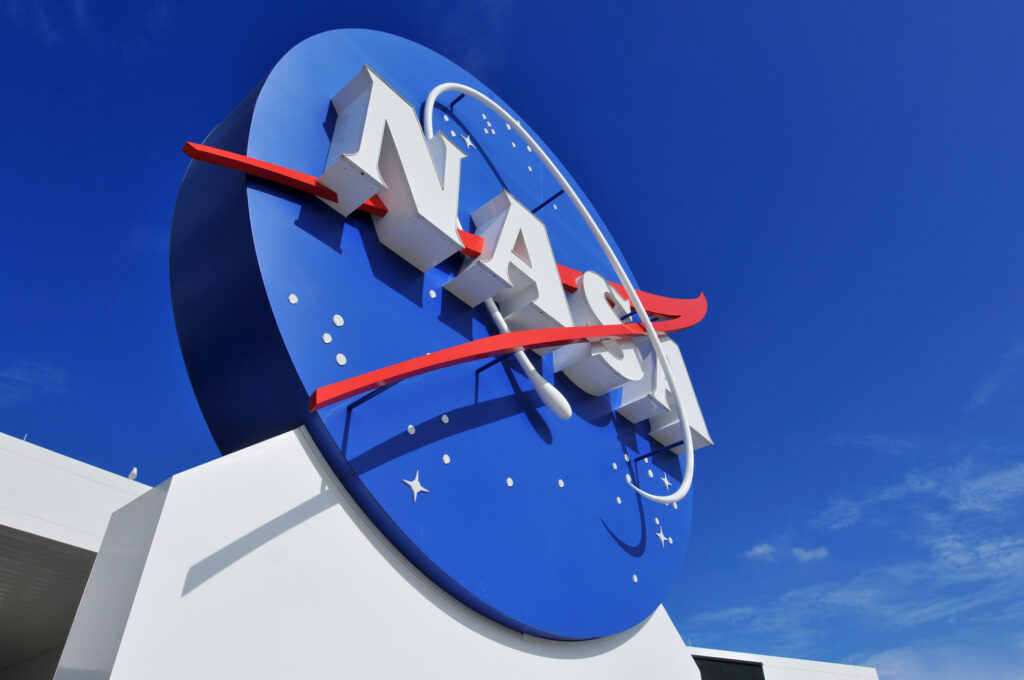Aerospace, Cleanroom News
Crew Transportation to the ISS
In recent posts we’ve been perhaps a little, shall we say, ‘starry-eyed’ about advances in space exploration – especially when they involve the use of cleanrooms and contamination-control technologies. (And whenever we peek behind the scenes of an aeronautical success, we often find a cleanroom is involved.) We’ve looked at Elon Musk’s pioneering move to send manned missions to Mars within the next few years and also examined how cube-sats – those diminutive boxes of massive processing power – are transforming the way that data are returned to scientists whose feet remain planted very firmly on – er – terre firma. And we noticed that, in addition to the passion for discovery, there was one aspect of the projects that tied them loosely together: the drive to work collaboratively across national boundaries. In terms of space exploration, the old philosophy of the winner-takes-all space race has, except with certain notable exclusions, largely given way to a more win-win scenario wherein collaboration and cooperation advance the science and technology and bring just that little bit closer the day when man sets foot upon another world as a colonist.
But, in recent times, the landscape of international and political cooperation, at least, has been founded on increasingly shifting sands. Where once we could easily distinguish our partners from our competitors, changes in relationships between Washington and Moscow, Pyongyang, or Beijing, or London, Ottawa, or Geneva (the European home of the United Nations) are increasingly muddying the waters. And, with multi-billion dollar investments in spacecraft technology and future missions at stake, the U.S. National Aeronautical and Space Administration (NASA) needs both to lean on its partners and to become more self reliant. One significant way, it could be argued, to achieve this would be to ensure that American crews to the International Space Station (ISS) are transported there by American partners in aeronautical technology.
However, right now for NASA, this is not the case.
Yes, that’s correct. The very country suspected of ‘meddling’ in our presidential elections is nonetheless contracted to ferry our astronauts to the ISS in Russian-engineered Soyuz spacecraft.
As an article on the organization’s Commercial Crew Program recently published in the International Business Times notes, ‘Much to its chagrin, NASA has had to pay Russia millions of dollars to take astronauts to the ISS […] since the last Space Shuttle mission ended in July 2011.’(1) Yes, that’s correct. The very country suspected of ‘meddling’ in our presidential elections is nonetheless contracted to ferry our astronauts to the ISS in Russian-engineered Soyuz spacecraft. And each seat is costing $82 million according to a Fox10 report.(2) Wincing from the ‘humiliation’ and feeling strongly that the conveyance of any American crew to the space station should begin on American soil, NASA is especially excited by recent developments in both Elon Musk’s SpaceX and the Boeing Defense, Space & Security (BDS) programs. These programs have already received initial funding from the organization under the auspices of the Commercial Crew Transportation Capability, or CCtCap: in 2014, Boeing’s Starliner receiving a $4.2 billion award, with SpaceX receiving slightly less at ‘just’ $2.6 billion. Clearly NASA sees an investment worth pursuing with these companies.
So, in terms of SpaceX, what is Musk doing with this award? As usual, our perhaps favorite maverick entrepreneur is once again overachieving. As we’ve discussed in a previous article, Musk’s craft – initially dubbed the ‘BFR’ and later the ‘Falcon’ – has now been joined by the Dragon 2 spacecraft which comes in not one but two flavors – Crew Dragon and Cargo Dragon. The cleanroom-conceived Cargo Dragon 2 is un-crewed and the first to be tested from a Falcon 9 Block 5 launch vehicle. Assuming those initial tests are successful, the Crew Dragon 2 will also be trialed with the aim of shifting NASA’s contracts from Russia to a less costly, home-grown alternative.
And with eyes on that particular prize, it is exciting to report that the static fire test – in which the 9 first-stage engines are fired up while the rocket remains in situ on the launchpad – was successfully completed on January 24th this year. The Falcon 9 rocket carrying the Dragon 2 thrilled engineers as it fired briefly on Launchpad 39A of NASA’s Kennedy Space Center at Cape Canaveral, FL. And the specific site could not have been better chosen. Completed in 1965, Pad 39A is steeped in aerospace flight history. It was the launch point for the inaugural flight of the first Saturn V rocket (1967) and of Apollo 6 (the first unmanned test flight of a Saturn V rocket in 1968). Also in 1968, it was the site selected to launch Apollo 8 (the first craft to orbit the moon in 1968), and, just a year later, it witnessed the history-changing lift-off of Apollo 11, the first craft to land on the moon.(3)
So all looks good for the SpaceX team, but that is only half of the story…
However, given the recently announced delay in testing a fully crewed Dragon 2, Boeing has seized the opportunity to catch up to SpaceX by accelerating the Starliner’s timeline.
For NASA, even in the niche market of rocket launchers, there is more than one option. Boeing’s tests have focused on positioning its CST-100 Starliner as a contender to secure that lucrative NASA contract. Musk’s un-crewed Dragon 2 was supposed to have been launched at the end of 2018 with a view to testing the approach and automatic docking procedures of the craft with the ISS. Once docked, it was scheduled to have remained in orbit for a few weeks. However, given the recently announced delay in testing a fully crewed Dragon 2, Boeing has seized the opportunity to catch up to SpaceX by accelerating the Starliner’s timeline. Following the unveiling of a full-scale mock-up at the Kennedy Space Center at Cape Canaveral, FL, airbag testing was completed successfully in early 2016, followed a year later by full parachute testing in the desert of New Mexico.(4) In fact, according to an article in Ars Technica, a digitally native publication owned by Conde Nast and dedicated to software, hardware, tech policy advances, and ‘nearly everything else found in between layers of silicon,’(5) fully 80% of the test campaign has been completed and Boeing is now focusing on making the craft compatible with multiple launch rockets.(6) Unlike the Dragon 2, the Starliner will be compatible with up to four different launch vehicles – the Atlas V, Delta IV, and Vulcan rockets (all engineered by United Launch Alliance in which Boeing is a significant stake holder), and – of course – the Falcon 9 by SpaceX. And what is particularly interesting is that although the vehicle will have a similar shape to the Apollo spacecraft it differs in two important ways: its electronics will be at least 50 years more advanced, and it will touch down back on land rather than splashing into the ocean. This, of course adds another layer of engineering complexity – hence the incorporation of both parachutes and airbags to cushion the landing. The weldless construction of the craft along with its innovative shape (resembling a 4.5-meter wide gumdrop) can carry up to seven astronauts, or a mix of fewer crew and more cargo weight. It is also highly reusable with Boeing boasting its use up to a maximum of 10 times within any 6-month period. In addition, it uses wifi technology both within the capsule and for docking with the ISS.(7)
As noted in an article by Eric Berger for Ars Technica, the ambition to send humans to Mars has long been a dream of NASA. Throughout at least four administrations – both Presidents Bush, President Obama, and now Trump – colonizing the Red Planet has been an integral part of all human spaceflight plans.(8) In the years immediately following the turn of the millennium, NASA developed an exploratory program named ‘Constellation’ that sought to replicate the legendary achievements of the 1960s and 1970s. Dubbed ‘Apollo on steroids’ by Michael D. Griffin, then NASA Administrator, Constellation sought to complete construction of the ISS, return to the moon, and to achieve a crewed flight to Mars. But why the sudden interest in a return to the legendary and ground-breaking days of the mid-twentieth century? Certainly it wasn’t simply a case of bragging rights for returning to the moon and setting foot upon Mars that were the driving forces behind Constellation. As Griffin noted: ‘The goal isn’t just scientific exploration…. It’s also about extending the range of human habitat out from Earth into the Solar System as we go forward in time…. In the long run a single-planet species will not survive…. If we humans want to survive for hundreds of thousands or millions of years, we must ultimately populate other planets … colonize the Solar System and one day go beyond.’(9) And given the current threat to our planet – climate change and significant over-population – his words ring ever more true. In his interview with The Washington Post in 2005, Griffin commented that the population of other planets is critical to the survival of the human species but that ‘today the technology is such that this is barely conceivable. We’re in the infancy of it.’
Today, that ‘infant project’ is entering into a new age of maturity and, with the advances recently made in cleanrooms across the nation and with our partners overseas, it looks like Option B – an extra-planetary future – may well be not only a possibility but one that it would behoove us to seriously consider. If not for this generation, but for the continued survival of those who succeed us on this small blue planet.
References:
- https://www.ibtimes.com/spacex-boeing-are-racing-reach-iss-first-manned-spaceflight-2761067
- http://www.fox10phoenix.com/news/us-world-news/nasa-spacex-aim-for-march-test-of-1st-new-astronaut-capsule-1
- https://www.space.com/35727-historic-nasa-launch-pad-39a-photos.html
- https://www.space.com/19367-boeing-cst-100.html
- https://arstechnica.com/about-us/
- https://arstechnica.com/science/2018/08/boeing-shifts-schedule-for-starliner-calls-2019-crew-launch-realistic/
- https://www.boeing.com/space/starliner/
- https://arstechnica.com/science/2019/02/to-almost-no-ones-surprise-mars-one-is-done/
- http://www.washingtonpost.com/wp-dyn/content/article/2005/09/23/AR2005092301691.html





















HAVE AN IDEA FOR CONTENT?
We are always looking for ideas and topics to write about.
Contact Us